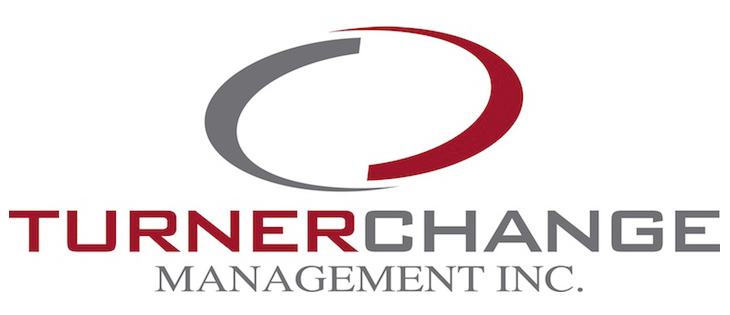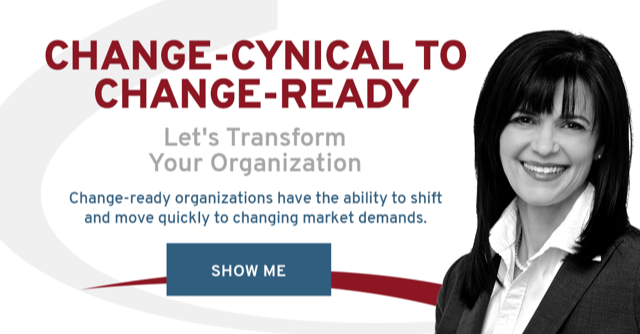- The hidden relationships and interconnections that pose the greatest risk to your change efforts are more visible. Therefore you can address them before they sabotage your change efforts.
- The multidimensional nature of organizational change can be seen. Every change, regardless of its size, touches other areas of the organization. With systems thinking you can assess the other touch points and relationships. Then you can use this information and plan for change holistically. The result is you are able to respond to constant change with fewer change initiatives.
- You reduce the risk of a successful change from one area creating unplanned change in another department which negatively impacts its performance and results in a net loss for the organization.
Integrating Systems Thinking Begins with Two Question
Help set up your team and organization for constant change without feeling overwhelmed. Before you launch a new change initiative pause and ask yourself and your team:
Before you launch a new change initiative pause and ask yourself and your team:
- What people and areas of the organization will feel the effects of any new activities, behaviours, or shifts in their environment because of this change event?
- How does this proposed new change initiative interact and interconnect with other changes and people in other areas of the organization and the current operational demands?
The integration of systems thinking will help your organization innovate faster and with less disruption. You will become healthier and stronger because of change instead of simply surviving despite it.





